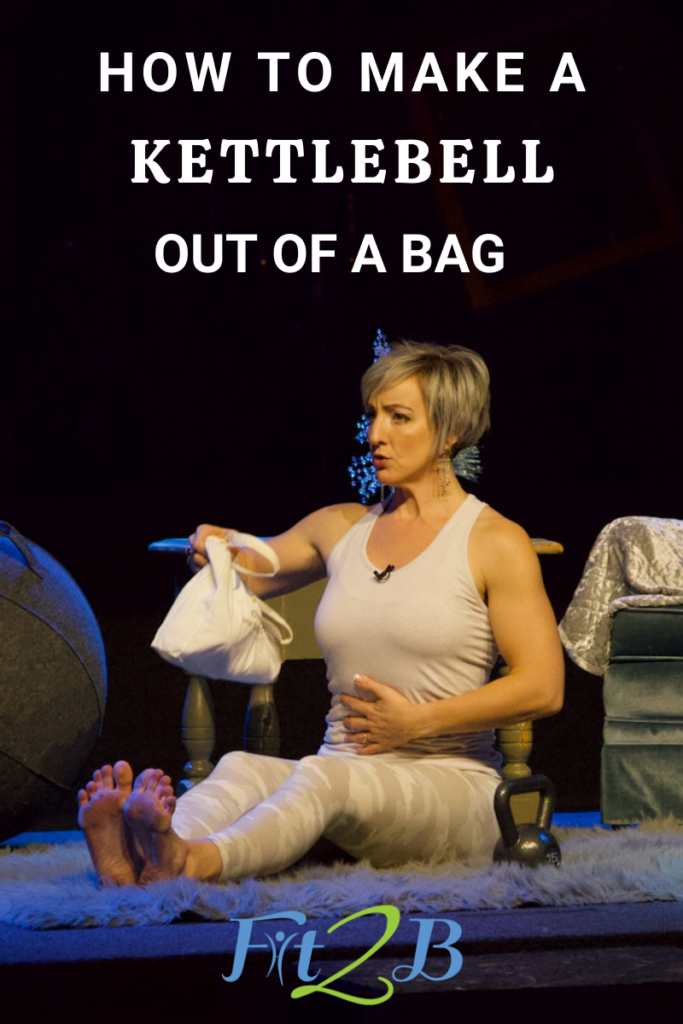Blog, Diastasis Recti, Fit2B Magazine
Use These NEW Diastasis Recti Theories for Better Workouts
If you have diastasis rectus abdominus (DRA) you will hopefully feel reassured to know that more and more is being learned all the time. The science isn’t settled, and those of us who work deeply in the trenches (pun intended) of this topic never get tired of studying and discussing it. Here are some new theories we’re tossing around, and if you’re struggling with your ab gap, don’t lose hope. Watch this!
You can read about our research project here. We received over 800 usable responses to a massive survey we conducted, and the results actually correlated many things like incontinence, back pain, self-image, mental health, and constipation. This will prompt further research once it’s published, and I find that very exciting!
Now, I’m going to outline a few theories that my colleagues have put forward. I’ll also add how I think you can use these new Diastasis Recti theories to workout better. Also, here’s a terrific podcast in which we discuss a lot of DR research.
Diastasis is like double-doors
In a collaborative online workshop I attended, my research partner, Grainne Donnelly, suggested that DRA is less like sliding glass doors and more like French double-doors. I’ve long thought of diastasis healing like a mud puddle drying up, but I like this concept of the fascia weaving together like two doors slowly closing and pulling inward.
How this diastasis theory may apply
I believe Grainne’s theory creates an excellent visual we can use when we are engaging our core during workouts. Instead of thinking about the two sides of our abs sliding toward our midline, we can think of French doors closing. Instead of visualizing our abs sliding shut at our navel, we can imagine a gathering inward, a dome un-doming, or – here’s where my farm-girl brain goes – mole hills: Those annoying volcanoes of earth that spring up all over the field whenever those burrowing varmints are carving a fresh tunnel. They shrink with time.
Diastasis and different kinds of doming
People with diastasis often notice a dome, ridge, tent-like shape, or what some describe as an “alien movie” bulge in their abs at various times during various exercises or tasks. Antony Lo is a women’s health physiotherapist who has theorized that the type of doming is important to distinguish. Antony leads workshops for personal trainers, and one thing he does is help specialists like me offer better cues and hands-on testing to help our clients understand the difference in types of doming, distinguishing between things like fat squishing together versus organs poking out. Here’s another blog I wrote about doming and diastasis recti that may offer more insight.
Chronic Bracing Vs. Tensioning Your Diastasis Recti
A lot of my colleagues are having an ongoing larger and longer conversation (we core nerds never stop talking and discussing diastasis recti) about the difference between core training and core strengthening + the timing of tension. In short, we want to use tension when it’s necessary, but we don’t want to be tense all the time. We want our arm muscles to be able to flex and transfer a load when we need to pick up a crying child, but we don’t want our arm muscles flexed all the time. That would create cramps.
Same with our abs. However, like I mentioned in the video, many people who crave a flat tummy are walking around constantly tensing or bracing their abs. In my world, these words all mean different things: tensing v. bracing; training v. strengthening…
How you can use these new Diastasis Recti theories for better workouts?
First, practice engaging during your workouts and when you’re picking things up or moving purposefully, but don’t walk around chronically engaged or braced. Watch the video to see why! Second, know the difference between bracing and creating healthy tension. Basically, bracing is when you bear down or expand your abs while inhaling and hold your breath to stiffen your torso. Engaging properly is done on breath out, an exhale, which lowers the pressure within your core and naturally activates your deep ab muscles. Your specialist + our core training videos will help you feel the difference.

That’s what I’m here for, what Fit2B is here for!
That’s what I’m here for, and I’ll tell you right away that if you’re dealing with pain and dysfunction, you need to TRAIN your core to work properly again. If your diastasis has been addressed – even if it’s not all the way “closed,” and you know how to create tension and your timing is good (i.e. things flex when they’re supposed to) then you’re ready for core strengthening.
Here on Fit2B, our workout videos mostly offer core + fully body strengthening. We also have some core training videos, but it’s still ideal for everyone – that includes you – to see a physical therapist in person if possible. They will help you zero in on your key issues, and then you can use our videos even more effectively to make progress! We love working with physical therapists to create workouts and help you find the right ones in our library.
Leave a comment?
What do you think of these theories? Have you heard any other theories about Diastasis Recti that pique your interest? There’s sure a lot out there. I’m only scratching the surface in this one vlog, and I’d love for you to read and watch the other content I’ve created around our niche of diastasis aware fitness. What are your thoughts?



